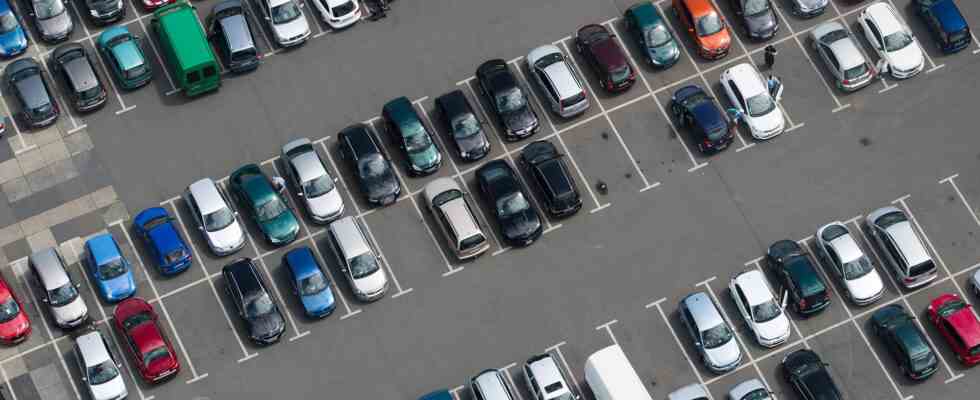Status: 01/11/2023 12:43 p.m
The rule “right before left” does not apply in parking lots without express priority regulations. This emerges from a BGH judgment. Motorists should be considerate of each other and agree on the right of way.
“Right before left” usually does not apply in car parks without a special right-of-way rule. This is the result of a judgment published today by the Federal Court of Justice. The court ruled that it would be more beneficial for safety if drivers had to be considerate of each other and agree on the right of way.
Previously, courts of lower instance had taken different views on this issue. In the case from Lübeck, two drivers had an accident in a hardware store parking lot because they had not seen each other in time because of a parked semitrailer. The plaintiff came from the right and said that he was therefore not liable for the damage.
Usually no “flowing traffic” possible in parking lots
According to the BGH, however, “right before left” only applies in parking lots in exceptional cases – namely if the lanes have “clear street character”. This only comes into consideration for lanes that are clearly “primarily used for access and exit and thus for the flow of traffic”. Typically, however, the areas are mainly used for maneuvering and for loading and unloading. In addition, pedestrians are also on the move in parking lots – which, according to the verdict, “prevents a speedy driving style”. Strict priority rules are not necessary here.
The top civil judges assume that many will still think that “right before left” also applies in parking lots. It must always be expected that “the driver coming from the right – mistakenly – thinks he has the right of way,” says the verdict. But that is no reason to “privilege” those coming from the right.
Those coming from the left do not always have to give way
The two drivers from the hardware store parking lot now have to share the damage 30 and 70 percent. Both were going too fast at the confusing spot, but one was faster than the other.
One of the two had sued the other’s liability insurance, which had based its payment on a liability rate of 50 percent. He was partially successful before the district court in Lübeck. This set the liability quota at 70 percent. The Lübeck Regional Court did not award him more in the appeal. It was determined that the other driver was speeding. However, it did not follow the argument that he had come from the left and therefore had to give way.
(Ref. VI ZR 344/21)

